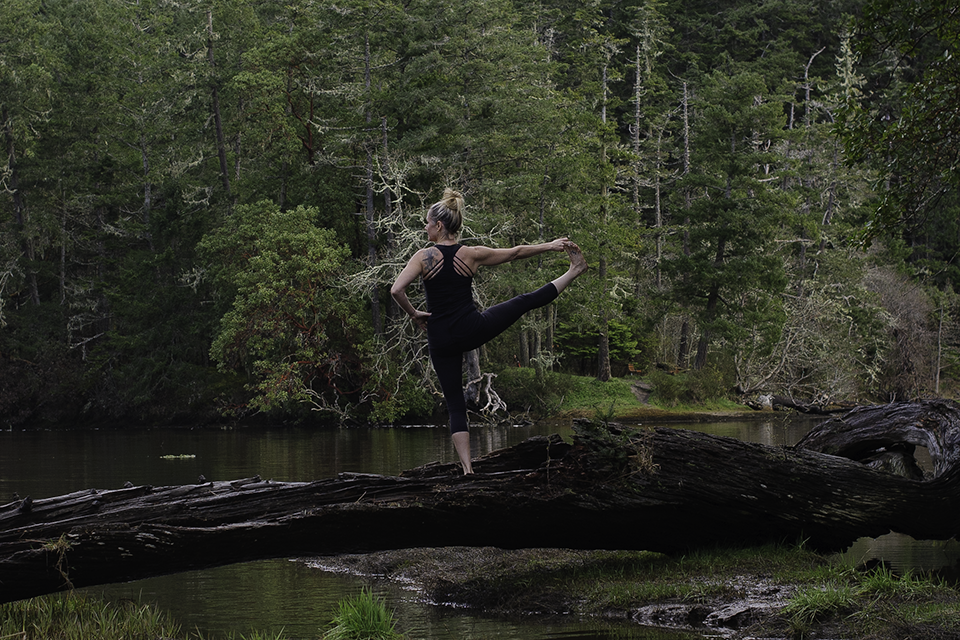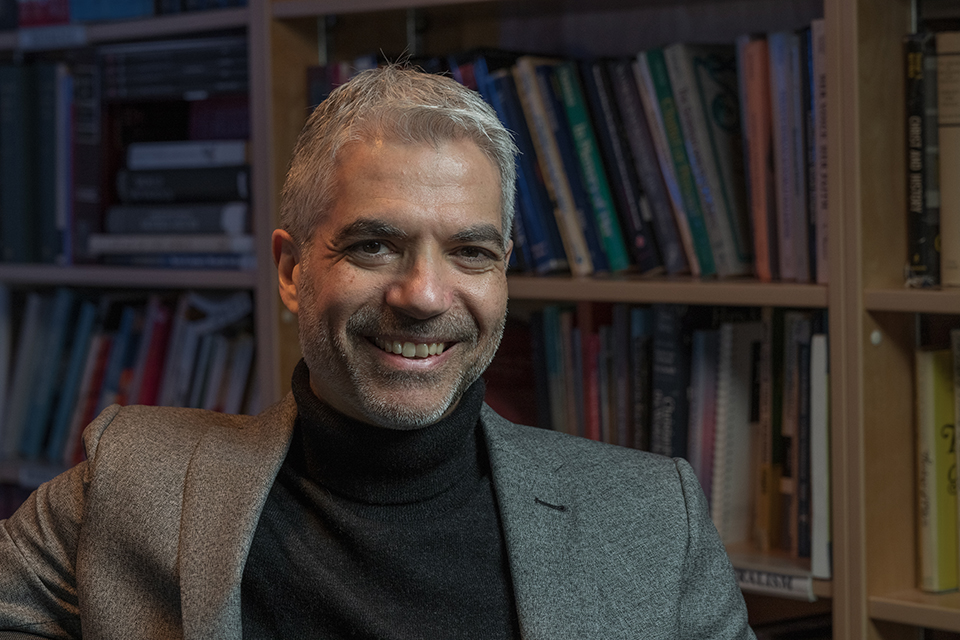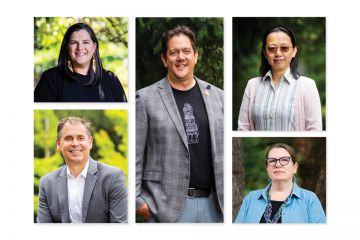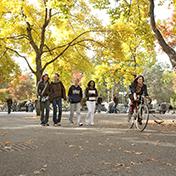Expert Q&A on yoga, health and spirituality

Traditional forms of religious participation may be in sharp decline in North America but the popularity of other kinds of spiritual pursuits is rising. Just ask the 45 million people in Canada and the US who practise postural yoga.
Religious studies scholar Paul Bramadat, director of the University of Victoria’s Centre for Studies in Religion and Society, wasn’t paying much attention to the yoga phenomenon until severe arthritis in his knees convinced him to—rather reluctantly—give ashtanga yoga a try. His sampling of different yoga studios in his own travels caused him to wonder whether the context and culture of the country or community where it’s practised change the experience.
Now, almost a decade on, Bramadat’s dedication to his yoga practice is a vital aspect of his life—and is increasingly an academic focus.
We know that globalization is having a major impact on religion, politics and economics. But the question is whether these changes are unfolding in the same way in every country.
—Project lead Paul Bramadat, UVic scholar and director of the Centre for Studies in Religion and Society at UVic
That question is at the heart of Bramadat’s latest research project, Global Spiritualities, Local Bodies: Modern Postural Yoga in Canada and the United States, supported by an Insights grant, announced today, from the Social Sciences and Humanities Research Council.
Prior to receiving this SSHRC grant, he conducted oral history research on the arrival of postural yoga in Victoria, BC, and that project will now be embedded within this larger one.
Q. What kind of differences would you expect to find in a yoga studio in Canada versus one in the US?
A. I’m very open to the idea that there will be no major differences, and that conclusion would be interesting on its own, but I have a hunch that political differences will show up in yoga studios.
There are lots of commonalities between the US and Canada but when you consider issues like attitudes toward guns, women’s legal right to control their bodies, race and reconciliation, and health care, those are meaningfully different in our two countries. How might those social and historical differences influence yoga in these societies?
I will begin by focusing on distinctive US and Canadian approaches to health care as well as the “racial” dynamics and controversies of each society (e.g., debates around reconciliation and cultural appropriation). Once I get into the field, though, additional political and cultural influences are likely to become evident in yoga studios—that's one of the exciting features of ethnographic methods.
Q. Which cities are you studying, and when does the research get underway?
A. I’ve paired up cities—Vancouver with Los Angeles, Winnipeg with Indianapolis, Toronto with New York City. We will visit between nine and 12 studios in each city starting this August.

Q. How do you go about gauging whether there are differences between two countries’ yoga practices?
A. The project’s research assistant and I will conduct a survey and meet with roughly 200 teachers and practitioners, but we’ll also study the cities they’re in to get an understanding of the different meanings postural yoga might have in each of them. Are yoga spaces accessible? Are they in wealthy areas? Who practises? When did yoga take off in each city? In other words, I want to think about the practice of yoga within the context of particular cities and, more broadly, within two distinct societies.
Q. What about yoga, health and spirituality?
A. For some, yoga is a strictly physical exercise. But in a major recent survey, my team and I found that 41 per cent of adults in BC practise yoga, and more than half of that group attribute spiritual significance to their practice. To put the size of this cohort in perspective, it’s comparable to the total number of BC adults affiliated with the Anglican and United churches of Canada along with those affiliated with Buddhism, Hinduism, Islam, Judaism and Sikhism.
This is a relatively new field for me but, then again, in some ways, my work has circled the subject for many years: health and wellness; boundaries between religion and spirituality; questions of religion and national politics.
Q. This research will obviously intrigue those who practise yoga but what else would you like to say about its relevance beyond that?
A. In some sense, yoga can be a window into bigger questions about the state of spiritual or religious forms in different political environments. Do distinctive national policies and ways of thinking have an impact on the resistance or adaptation to the homogenizing power of globalization? You could also consider mindfulness, or even Anglicanism, and ask whether we might see the differences in what is happening to these cultural forms in each society, and what it is about those societies that might lead to those differences.
Photos
In this story
Keywords: health, race, religion, centre for studies in religion and society, nternational, administrative (faculty & staff)
People: Paul Bramadat





